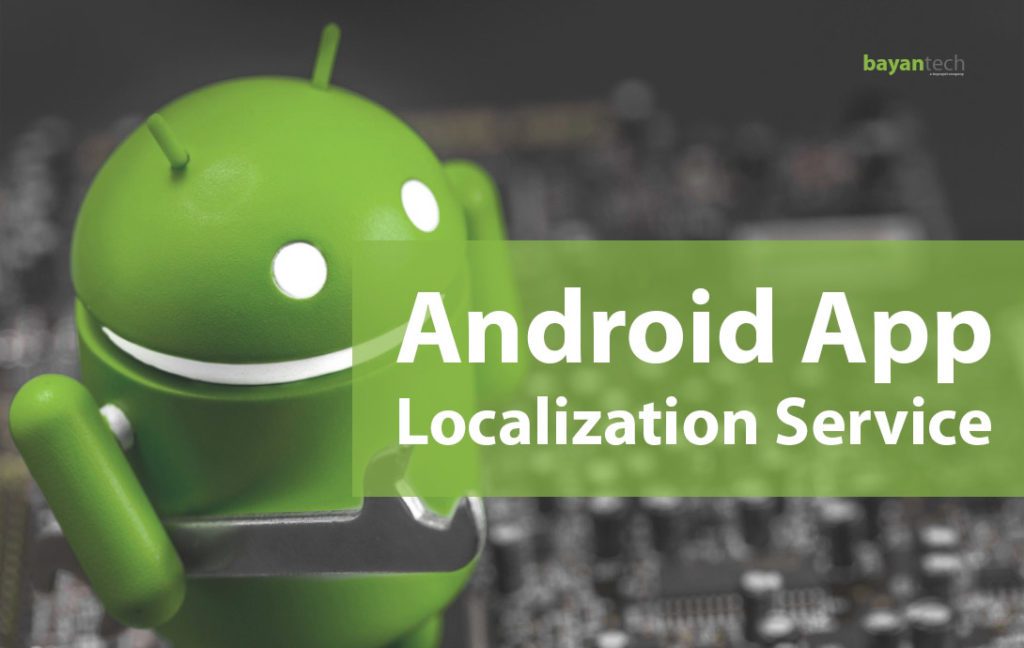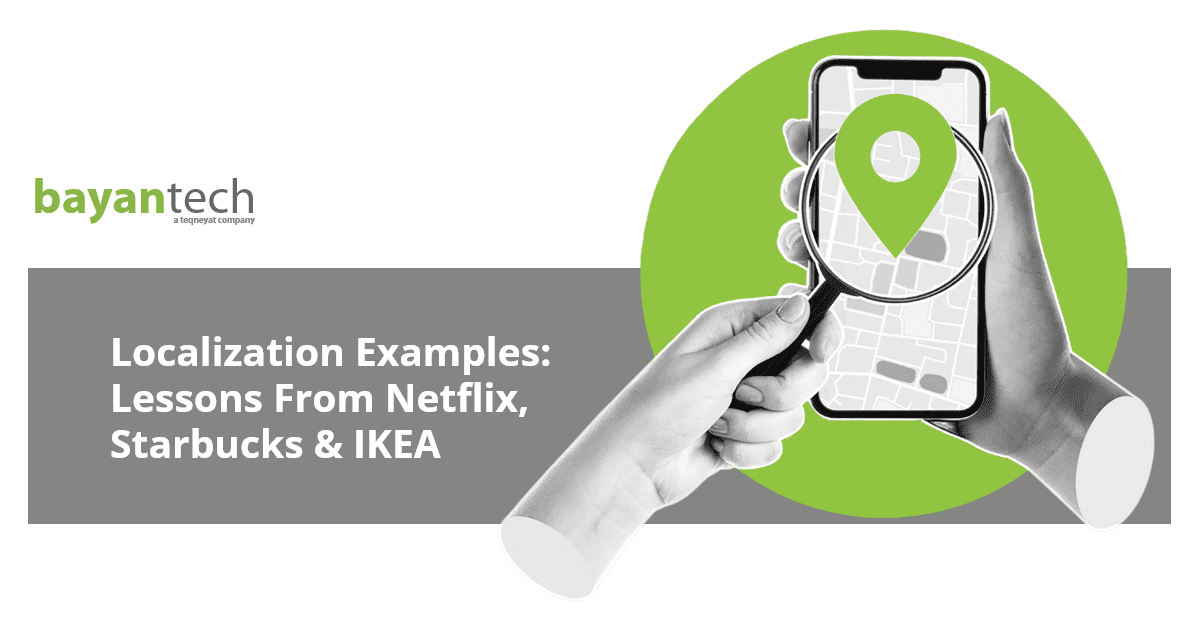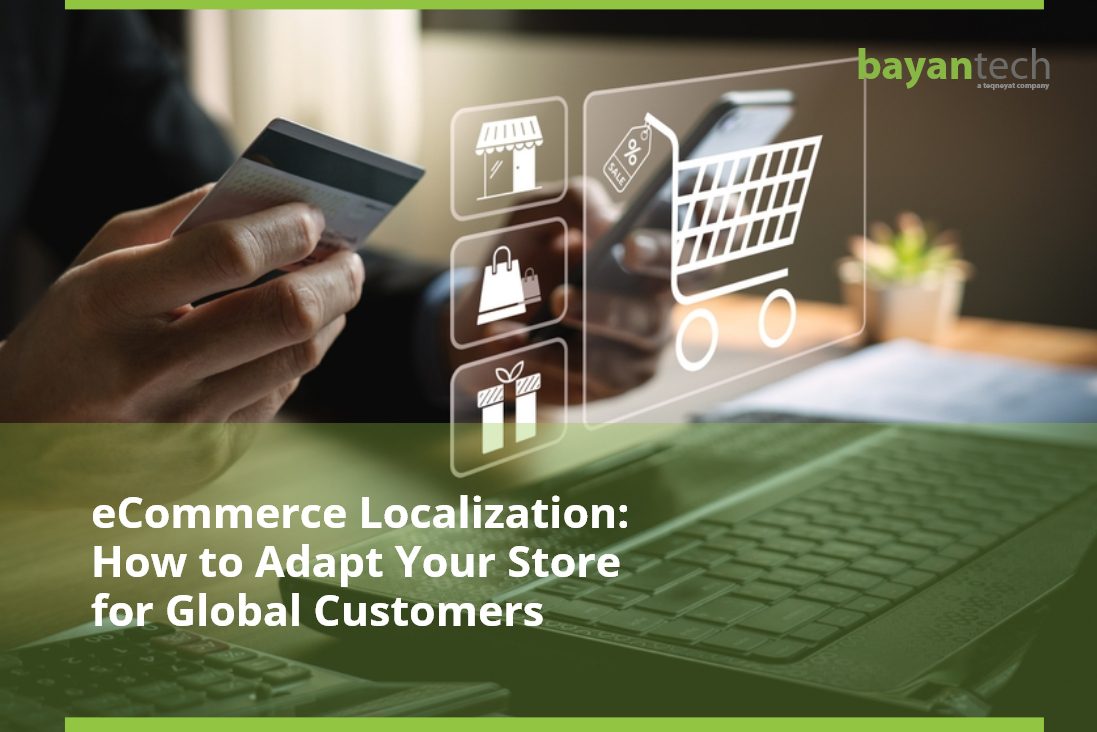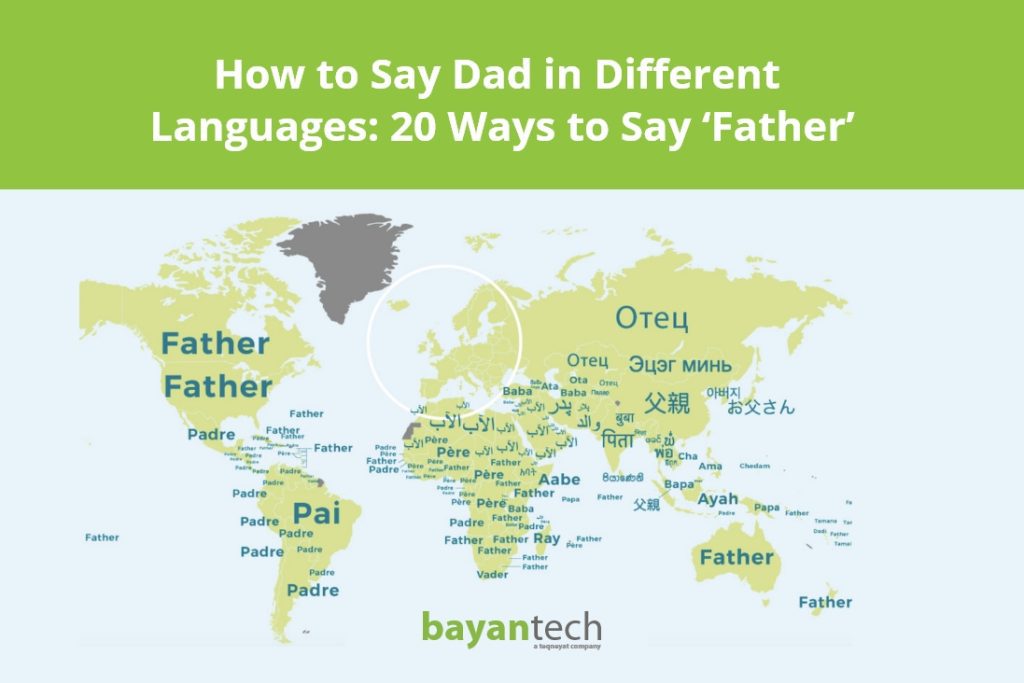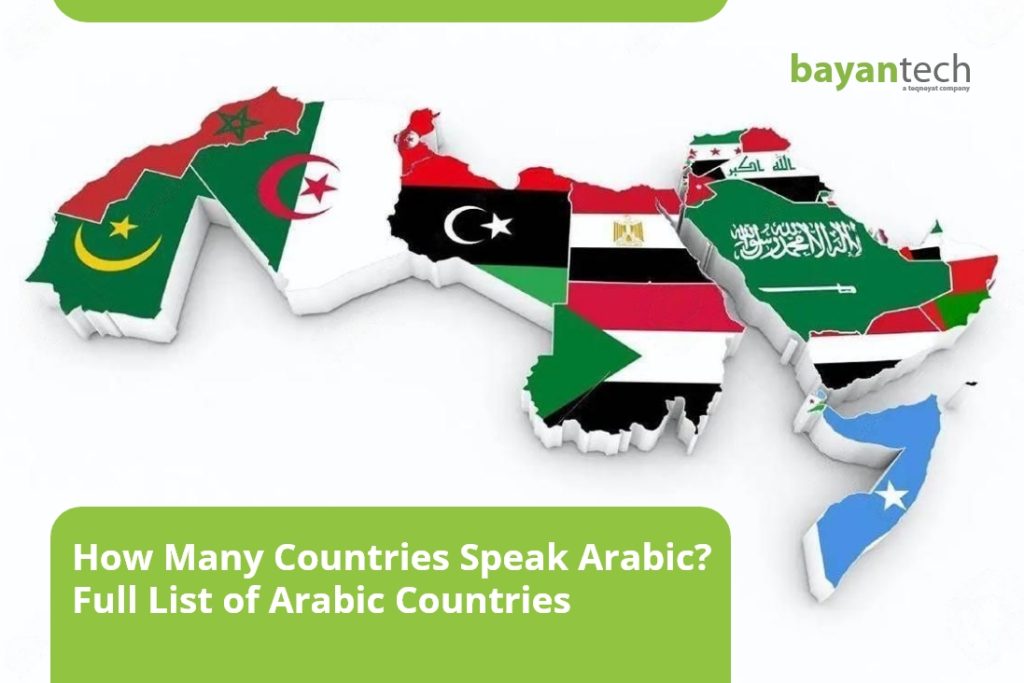Android is the most widely used mobile operating system in the world.
With over 3 billion mobile devices running Android every month, the non-proprietary OS reigns across national lines. And Android users can access over 2 million mobile apps through the Google Play Store, with competition increasing every week.
With this in mind, one can attest that developers working to expand their app’s userbase should take their time to localize their native Android app. But, how does Android app localization work? Can it be done in-house or should you rely on the help of an Android app localization service provider?
Keep reading to find out more.
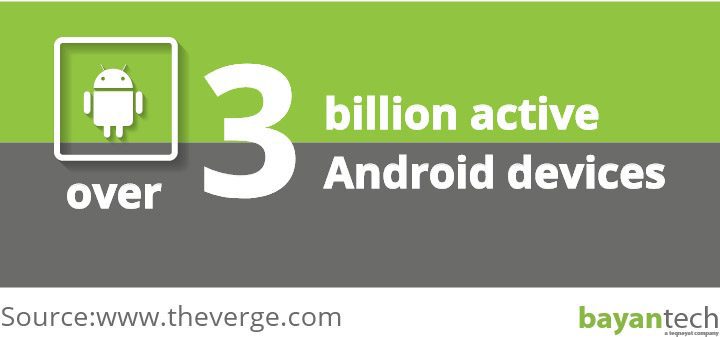
What Is App Localization?
Our overview of the dynamics of Android app localization services would be incomplete if we didn’t clearly define what we mean by “localization”.
Professional translation services operate with the goal of rendering texts from a source language to a target language. But localization takes a holistic approach and adapts every aspect of a product, so it can be enjoyed by new audiences in a particular target locale.
Also known as L10N, application localization is the process of adapting an app into a particular language and cultural environment. Localization involves the linguistic, cultural, technical, market-related, and even the legal dimensions of your product.
Implementing localization allows you to expand your app’s user base to different parts of the world in a sustainable and competitive way. Localized apps enjoy higher download rates and higher reviews than their counterparts. Put shortly, a localized app provides a better user experience, and localizing is the user-centered thing to do.
An Android app localization service provider won’t just translate your app’s copy and microcopy. They will also review:
- Images
- Numeric formats and currency
- Symbols and icons
- Colors
- Cultural references
- Your UI’s layout and composition principles
And, in some cases, they’ll even take a look at the technology your app is built on, and the system resources that it requires from your user’s phone. On the business side of things, localization can also involve the adoption of new payment gateways, or localized pricing.
With this definition in mind, let’s move forward to the particularities of the Android app localization process.
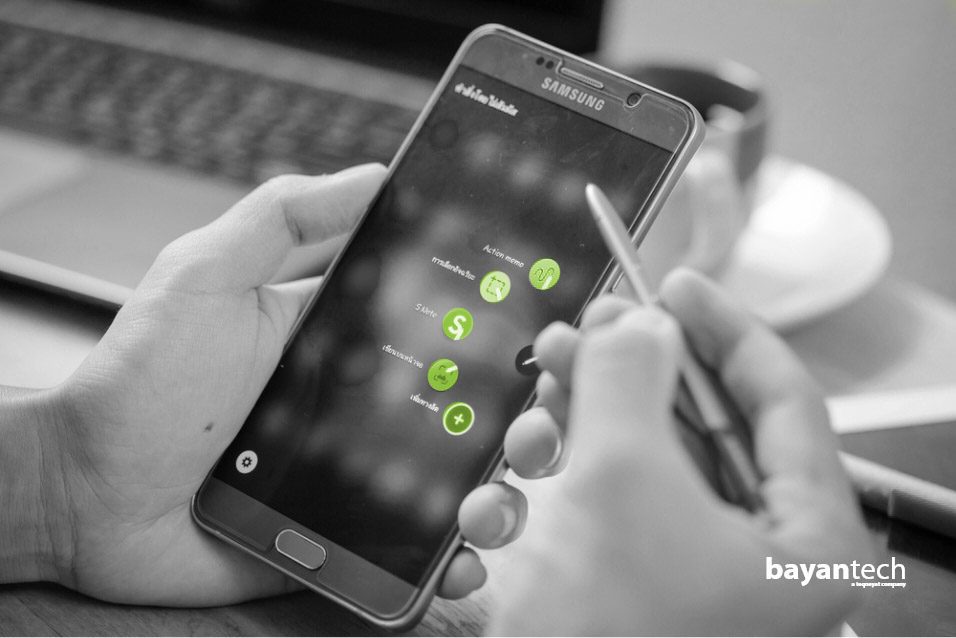
How Does Android App Localization Work?
According to Android’s official documentation for developers, Android is capable of “resource switching”. Basically, your Android app can have numerous sets of resources under its /res directory. These resources can include:
- Text strings
- Layouts
- Sounds & multimedia content
- Images
- Other types of static data
When a user opens your mobile app, Android selects the set of resources that best adapts to their needs. This also makes it possible to optimize your app UX for different devices and situations. For example, a user with extremely low connectivity, or with an outdated device, may only load essential resources (or low-weight resources), while a user with a high-end device and 5G could run a fully animated, complex, and heavy version of your app. Resource switching also makes it easier to localize your Android app into multiple languages, by determining which resources will load depending on the device’s locale.
Detecting locale (the language and dialect of the phone or tablet), rather than location, can be preferable. Consider, for instance, the situation of a French immigrant living in Chile. They might not speak Chilean Spanish, or not feel comfortable enough to have their phone in Spanish.
If your app performs resource switching guided by device locale, the person from our example would be able to enjoy the app in their preferred language, even if it’s not the native language of the country they’re in.
Android app localization can be facilitated by tools such as the Android Studio localization platform, which helps you navigate your app’s resources, adapt them, and test your localization in a visual way. Android Studio works for Android app localization, in a similar fashion as xCode for iOS app localization.
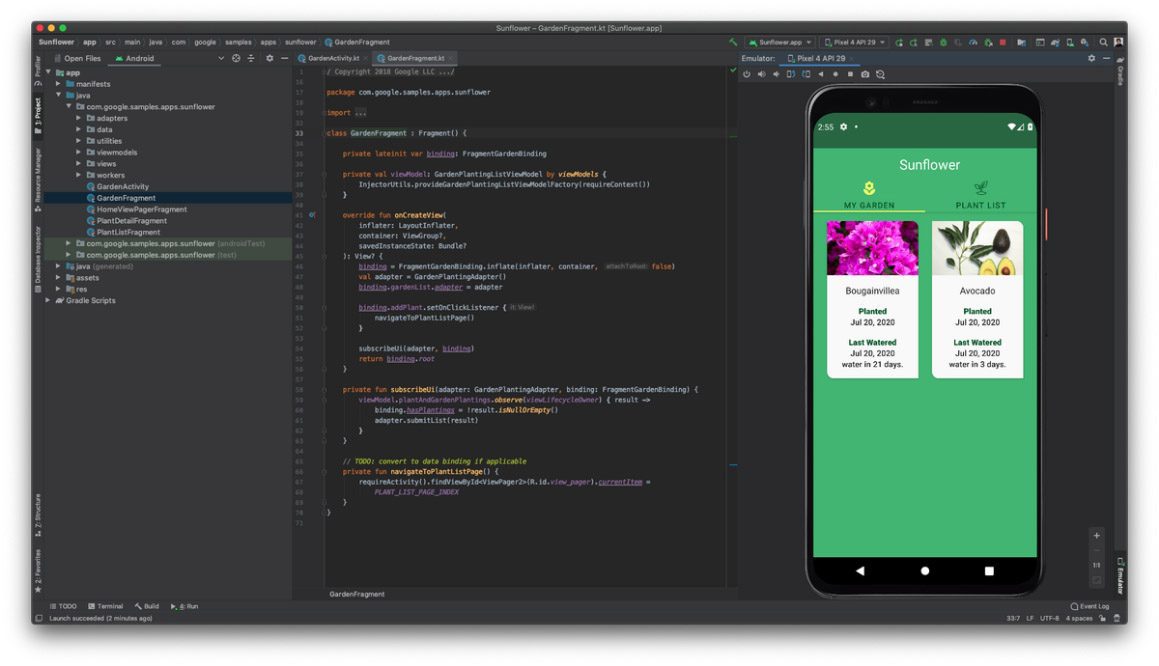
But localizing your Android mobile app isn’t just about opening a program and using Google Translate for your copy.
In the next section, we’ll explore why Android app localization shouldn’t be handled lightly.
Can You Handle Android App Localization In-House?
Android apps might be easy to explain, but it’s hard to carry out. Chances are your developers and UX/UI teams aren’t equipped to handle localization completely on their own.
Aside from technical know-how, your team will need cross-cultural and linguistic expertise. For instance, a team of linguists and UX specialists from your target culture. Working with this team in-house would include:
- Searching for qualified professional human translators who are available to join your team.
- Interviewing them and making sure they’re a culture fit. For instance, these professionals
- should be able to collaborate with your in-house teams directly.
- Negotiating their rates.
- Writing and signing contracts.
- Managing translations’ workflow, making sure your new team meets project milestones.
Even if you choose the right talent, they are likely to need tools and processes that you, as an app developer, might be unable to provide. For instance, they might need a rich translation memory, machine translation solutions, or translation management software that is cost-inefficient for a company that’s not a language agency.
Working with a reputable mobile app translation service provider will require a smaller budget and provide better results, with less effort on your part. So, while your app is being adapted, you can focus on refining your product or developing new offers.
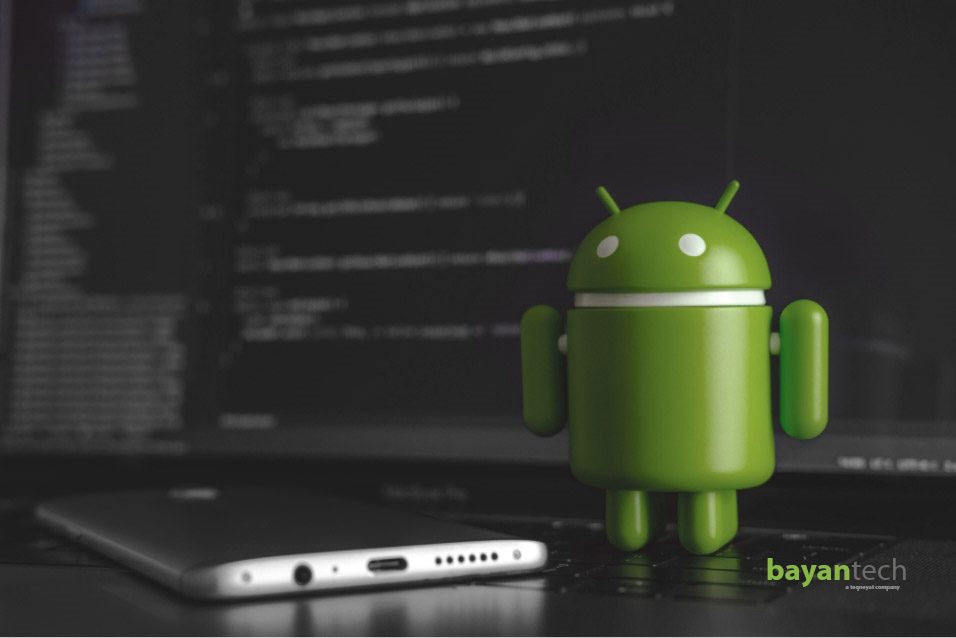
Android App Localization Best Practices
To hit new markets with a high-performing, properly adapted Android app, you’ll need to partner up with an Android app localization service. But there are still some software localization best practices you should have in mind to facilitate localization and get the most out of it. These best practices can also help you evaluate potential business partners. Let’s dive in.
Market Research Is Key
Localizing without a clear international expansion strategy is futile, if not impossible. Finding international success is about being successful across locales. An expansion strategy that relies on a generic “international” version of your product will be less impactful than local strategies, tailored for specific countries or regions.
By performing market research, you will detect which markets are most prone to adopting your product, and how you can strategize your entry. Market research will also help you understand the cultural gap that there might be between your home market and your target culture. And, by understanding this gap, you’ll become an active part of the localization process, as you will truly understand the type of process that your Android app localization service provider will take part in.
On the other hand, Android app localization isn’t the end of the app expansion process. You’ll also need app store optimization/localization, and related services for your marketing efforts. The more you know about your new target users, the smoother the rest of the process will be.
Interested in App Localization Best Practices?
Grab a copy of our free guide,
designed for founders & decision-makers like you.
Don’t Create Unnecessary Resource Files
Your team (and your Android app localization service) should try to minimize the number of resources you create for each localized version. This goal mostly falls on the hands of your translation agency. But there are good coding practices that your developers can apply to the default version of your app, to minimize unnecessary resource creation.
For instance, your app’s layout should be coded in a way that makes it flexible to content of varying lengths. If you’re an American company localizing to enter German-speaking markets, your app should be able to accommodate longer text strings. Implementing coding best practices makes it possible.
Having too many variations of too many resources could result in a product that’s hard to maintain and unpredictable.
It’s worth clarifying that, in some cases, you can’t work with a single layout across locales, no matter how flexible it is. For example, a Russian company entering the Arabic market will need two different layouts at the very least.
Sign up to our newsletter to receive the latest blogs and news.
Share your Brand Assets, Design System & Style Guide
A design system is a living, evolving framework that defines your app’s visual language in a flexible way. A design system is not merely a collection of designs, styles, and patterns. A design system is a mechanism for developing and documenting the underlying structure of your app’s brand.
Brand voice guidelines help teams to adopt a consistent message and tone of voice. And even if your words will be translated, you’ll want to keep the tone that characterizes your brand. While brand tone might need to be tweaked to meet the expectations of your new users, you won’t want to sound like a completely different company.
Share your brand assets, design system, and style guide with your Android app localization service. Having access to these resources can help them make the right creative decisions throughout the localization process, without jeopardizing consistency.
Test, Test & Test
As you probably already know, testing is a pillar of app development. And it’s also extremely important for app localization. Proper testing can allow teams to understand how the local users behave and how they interact with the localized app.
Aside from user-involved testing, your mobile app localization service provider should take part in several rounds of editing, proofreading, and functional testing. So, when meeting potential language partners, don’t hesitate to ask about their quality assurance practices.
An Android App Localization Service that’s Committed to Helping you Grow
Looking for an Android app localization service you can trust in the long run?
At bayantech, we provide cutting-edge language solutions to industry innovators. Working with a multidisciplinary team, implementing efficient tools and ISO-certified processes, we’re an effective, reliable, and high-performing app localization service provider.
Get in touch today, and discover how our Android app localization service can help you grow your user base.
Click on a star to rate this post!
5 / 5. 1

